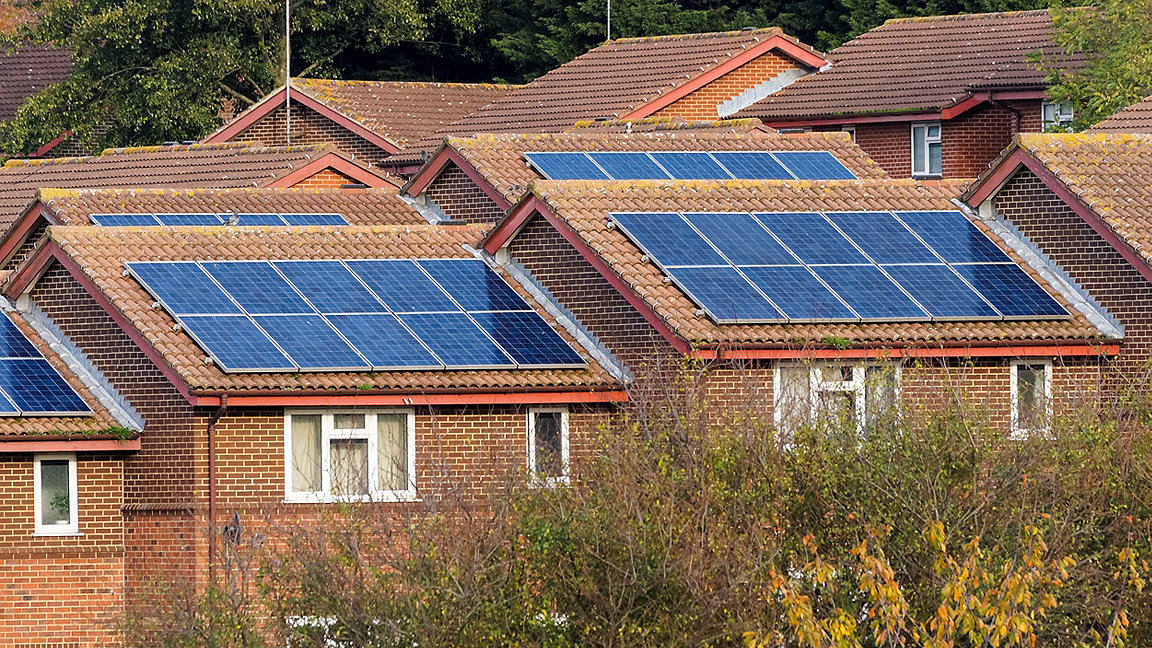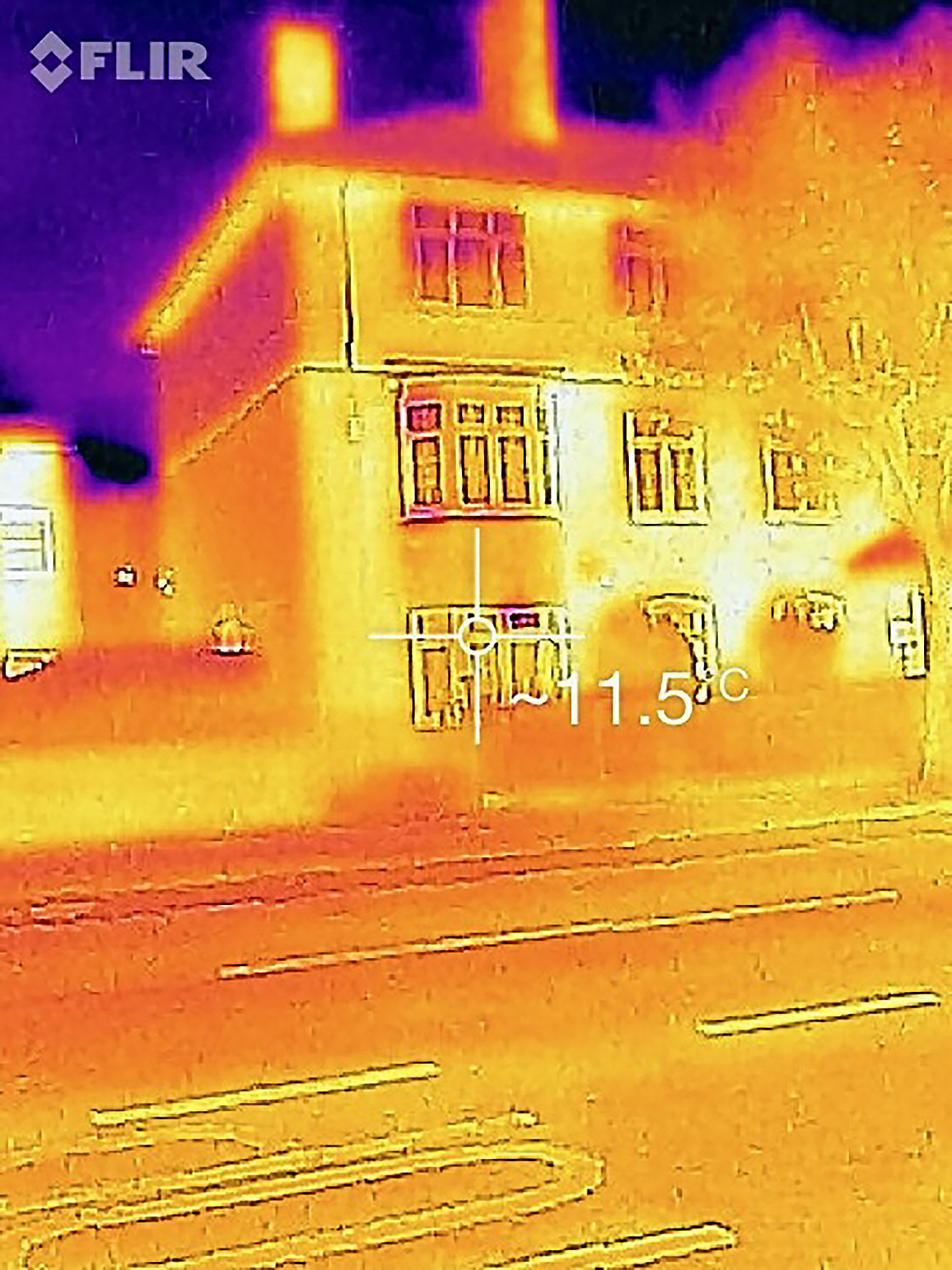
In the built environment sector, sustainability is an increasingly pressing concern. Residential buildings were responsible for around 20% of all carbon emissions in the UK in 2021, and the Commons' Environmental Audit Committee has warned that the sector will need to reduce this drastically in order to meet net-zero targets.
However, true sustainability will only come from balancing economic and cultural concerns while tackling the urgent challenges of climate change.
While the Building Regulations have increasingly tightened the requirements for the environmental performance of new dwellings, renovations and extensions, they also need to be understood in the context of the most significant challenge: the existing built environment.
The UK has Europe's oldest housing stock, with homes built before 1919 presenting substantial problems in terms of sustainability and energy conservation.
Due to the porous, breathable construction of such housing stock, many of the methods typically used to improve the energy efficiency of more recently built homes will be ineffective, as well as potentially damaging to the fabric.
To address this problem, we must look at how we measure the performance of historic dwellings.
First, there are no regular, reliable estimates of the carbon emissions actually associated with pre-1919 housing stock, even though they are repeatedly cited as the worst of any housing age group under the Standard Assessment Procedure (SAP) and energy performance certificate (EPC) ratings.
Second, EPC ratings themselves have been shown to be increasingly inaccurate for older dwellings.
The variety and complexity of our historic housing stock means that many of the standard, simplified ways of measuring energy efficiency and carbon emissions associated with pre-1919 housing often predict poorer performance than actual energy usage indicates.
Yet despite the need to focus on older houses, the UK government still bases its key performance indicators on new dwellings rather than the total housing stock.
Similarly, the Building Regulations mostly apply to new buildings and alterations, meaning all potential to reduce emissions elsewhere is overlooked.
To put in place sustainability policies that will help the built environment sector develop effective strategies for decarbonisation, we must think bigger than energy efficiency standards for new buildings.
A recent heritage and carbon report calls for a government-led national retrofit strategy and industry standards that support historic retrofit as well.
This strategy should aim to reduce carbon emissions in a holistic way – taking social, cultural, economic and environmental considerations into account – and form part of the national pathway to net zero.

Thermal image highlighting a well-insulated roof in a post-refurbished pre-1919 house © James Ritson
There are more than 4.7m dwellings in England and Wales that were built before 1919, and if we aim to make all these net-zero my research suggests it could cost anywhere between £20,000 and £80,000 per dwelling – more than £370bn in total.
Beyond cost we also need to consider capacity: we would need to fully refurbish more than 450 homes every single day from now until 2050.
These deep retrofits also tend to have a significant impact on the fabric and visual appearance of historic built environment.
An alternative method would be a shallow retrofit, taking a conservation-based approach by simply carrying out regular maintenance and benign changes.
This could still improve energy efficiency – by between 30% and 60% – but would typically only cost between £2,000 and £7,000 per house, my research has found.
Benign changes that would have the biggest impact on energy performance include updating hot water and heating systems, installing the correct type of loft and loft-hatch insulation, draughtproofing, filling gaps in floorboards and insulating under-floor voids.
These measures would be much less invasive and far cheaper than deep retrofit; but currently they have little impact on a dwelling's EPC rating, due to the limitations and presets of the process by which this is calculated.
The final approach would be to replace older housing stock; this, however, is also less than ideal in terms of sustainability.
Not only would it cost an average of £17,000 to £35,000 simply to demolish each home, it would lead to a huge loss in our heritage.
Furthermore, while the replacement new-build houses would be more energy-efficient, this would not outweigh the embodied carbon emissions associated with their construction.
Taking the replacement route would produce, on average, the equivalent of 42 tonnes of carbon dioxide (tCO2e) per home between now and 2050, compared with a figure of around 36tCO2e for a refurbished dwelling.
Either way, aiming for net-zero in pre-1919 stock could be wasteful, with significant resources expended to achieve only a modest reduction in the nation's total carbon emissions, and entailing the loss or damage of many buildings of social and cultural value.
This is why looking simply at energy efficiency on its own is not enough to create a sustainable future for our built environment.
We need to use every tool at our disposal to prevent a climate catastrophe and ensure a sustainable built environment.
Rather than looking solely at retrofitting, we also have to consider buildings, infrastructure and the spaces and elements in between, in their entirety, to develop a truly sustainable strategy.
Considering systemic issues rather than individual problems can enable us to set the right metrics, collect accurate data and think strategically.
We also need to build up leadership, skills and understanding in sustainability across the built environment, so individuals can think through these problems and take a suitable approach where there is no single right answer.
This will help companies involved in the built environment to champion a broader and more sustainable approach in their operations – shifting their focus from what to build and instead thinking about how to manage what we have already built.
'Looking at energy efficiency on its own is not enough to create a sustainable future for our built environment'
Dr James Ritson is the programme leader in building surveying at the University College of Estate Management
Contact James: Email
Related competencies include: Development/project briefs, Housing maintenance, repair and improvements, Procurement and tendering, Sustainability
With the built environment estimated to be responsible for around 40% of global carbon emissions, RICS is championing sustainable practices across the built and natural environment. We are also empowering professionals to embed sustainability considerations into the way they work and better measure environmental impacts.

PROPERTY JOURNAL
Ludmila Simonova 26 April 2024
BUILT ENVIRONMENT JOURNAL
David Greenwood and Arpan Gupta 23 April 2024